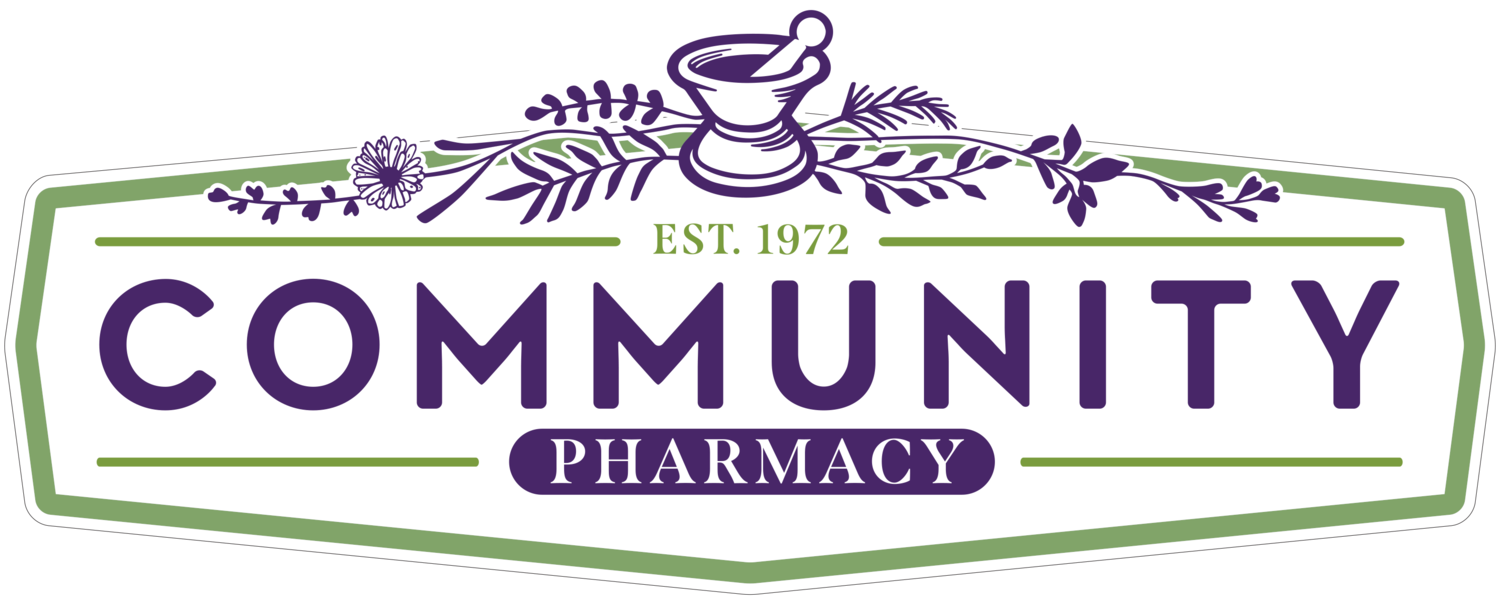Dealing with Lyme: A Resource Guide
By Carole Blemker, R.N, R.D.
Most people who spend time outdoors in woodsy or grassy places within Wisconsin are probably aware of Lyme Disease (LD) and its prevalence in this part of the upper Midwest. Yale University School of Public Health just published an updated LD Human Risk Map, and Wisconsin is definitely the statistical outlier of Midwestern states. In fact, our state has one of the highest rates of LD in the country.
Within the orthodox medical establishment LD has become a hotbed of controversy and politics. There is so much disagreement about diagnosing and treating the disease that the only thing that most “experts” agree on is that it is probably under-diagnosed and the rates are much higher than reported. Tests for LD are far from reliable, and the information within the medical community can be contradictory, scary, and confusing. However, take comfort in knowing there are valuable resources available that one can turn to while the medical community argues ad infinitum on the correct way to diagnose and treat LD.
The following are some of my favorite print and online places to visit when I am seeking information about LD. These books and websites are clearly written using easy-to-understand language for those not familiar with complicated medical terminology.
Print Resources
Cure Unknown: Inside the Lyme Epidemic by Pamela Weintraub won the American Medical Writers Association Award for best book in 2009. It reads like a potboiler detective mystery, only written by a science journalist who narrates her family’s tortuous journey from early symptoms through diagnosis and treatment for LD. Along the way she introduces others who have navigated the shortcomings of conventional treatment, coming to realize their salvation can only come from outside the established medical system. Weintraub also profiles some of the practitioners who have risked their medical careers by using unconventional treatments to help LD sufferers.
Healing Lyme by Stephen Herrod Buhner is written for LD patients as well as practitioners looking for an understanding of the disease process mechanics and the Lyme Borrelia organisms themselves. Along with valuable information on prevention, diagnosis, and treatment, Buhner includes a comprehensive guide to using plants for treating symptoms. His research led him to conclude that because LD diagnostic tests are so unreliable and antibiotics not nearly as effective as purported, there are a lot more sick people than statistically indicated. Buhner is a self-described earth poet and many consider him as a “plant whisperer.” The book is a welcome addition to Lyme literature that addresses its treatment outside the realm of allopathic “cures.”
The Lyme Disease Solution by Kenneth Singleton, M.D. features the author’s perspective as an internal medicine doctor who struggled with LD for 8 years before he was correctly diagnosed. This book can be described as an A-Z primer on LD. In it Singleton explains the symptoms, diagnosis, and treatments for LD and chronicles the phases of chronic Lyme, clearly and concisely explaining complex medical information. Unique aspects of this book are his discussion of the importance of probiotics in healing and prescribing an anti-inflammatory diet to aid in suppressing LD symptoms.
Recipes for Repair by Gail and Laura Piazza takes Singleton’s anti-inflammatory diet suggestions and turns them into a gorgeous book filled with delectable recipes and sumptuous photographs, explaining how to use food as medicine to help support the immune system and downplay the inflammatory response.
Healing Lyme Disease Naturally by Wolf D. Storl is beautifully written and illustrated, paying tribute to teasel root in particular as well as other herbs the author used in treating his chronic LD. An anthropologist, Storl looks at historical uses for plants in treating the arthritic and debilitating symptoms of LD. His extensive research led him to an effective alternative treatment and return to general good health.
Online Resources
http://www.buhnerhealinglyme.com
Stephen Herrod Buhner’s website on Lyme Disease
http://www.ilads.org
International Lyme and Associated Diseases Society
http://www.LDUC.org
Lyme Disease United Coalition
http://www.lymebook.com
Biomed Publishing Group Lyme Disease educational resources
http://www.lymetimes.org
Lyme Times magazine
http://www.publichealthalert.org
Free monthly newsletter devoted to researching Lyme Disease and other chronic illnesses
http://www.tbdalliance.org
Tick-Borne Disease Alliance
http://www.wisconsinlyme.net
Wisconsin Lyme Network
In addition to the listed print and online resources, I also recommend the CD Tick-Borne Diseases: Their Effective Treatment, Including the Use of Botanical and Complementary Therapies by David Winston, RH (AHG). This recording explores the history and current understanding of tick-borne diseases such as Lyme, Ehrlichiosis, and Babesiosis. Winston provides an overview of current conventional approaches to treatment and complementary protocols using botanicals to enhance effectiveness of conventional therapy and to treat Lyme-related symptoms such as fatigue, arthritis, brain fog, and insomnia.
Carole Blemker is a Registered Nurse and Registered Dietitian with many years of experience. She is also a former librarian who loves researching all things concerning plants and people, and teaching from both holistic and clinical perspectives.
